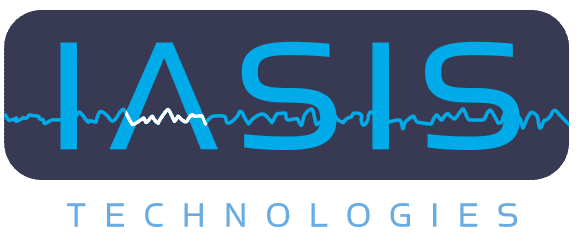Understanding IASIS MCN: A MATCHLESS Neurofeedback Therapy
Discover the transformative (matchless) power of IASIS Micro Current Neurofeedback (IASIS MCN), a remarkable tool for enhancing balance and promoting relaxation in the nervous system. Our cutting-edge neurofeedback approach improves communication between the gut, heart, and brain to optimize neurotransmitter production, delivering profound benefits for your well-being.
Advantages of IASIS MCN Neurofeedback Therapy
In just 1-3 sessions, our studies have shown that clients experience a decrease in stress and anxiety, improved focus and attention, better sleep quality, and enhanced mood regulation. IASIS MCN facilitates brain detoxification, enabling natural self-healing. IASIS MCN is non-invasive and requires no pharmaceuticals. Experience positive “well” effects minus potential side effects. The results are cumulative and enduring. Explore the promising potential of IASIS MCN and see the benefits for yourself.
Improved focus
Micro Current Neurofeedback enhances focus by stimulating alpha waves, which are associated with relaxation and concentration.
Reduced Anxiety
Micro Current Neurofeedback can alleviate anxiety and stress by increasing beta waves in the brain, linked to alertness and attention.
Better Sleep
Micro Current Neurofeedback can enhance sleep quality by stimulating the brain to generate more delta waves, linked to deep and restorative sleep.
Increased Creativity
Micro Current Neurofeedback can boost creativity by stimulating the brain to generate more theta waves, which are associated with fostering creativity.
Enhanced Memory
Micro Current Neurofeedback aids memory enhancement by stimulating the brain to generate more gamma waves, which are linked to learning and memory retention.
Optimize Your Brain Health with IASIS MCN Neurofeedback Therapy
Experience the innovative IASIS MCN Neurofeedback, a cutting-edge approach transcending conventional bio/neurofeedback technologies. This powerful tool is ingeniously crafted to recalibrate and synchronize your nervous system, akin to fine-tuning your body’s internal accelerator and brake controls. Mental health practitioners are increasingly recognizing trauma as a foundational cause of numerous health challenges. Fortuitously, IASIS MCN emerges as a beacon of hope, offering significant potential to aid in the processing and releasing of traumatic experiences, fostering an environment of tranquility, serenity, and overall well-being. Leave the burdens of yesteryears behind and welcome a more vibrant, healthful existence with the support of IASIS MCN Neurofeedback.
-
If you have any questions call us at (951) 894-1045.
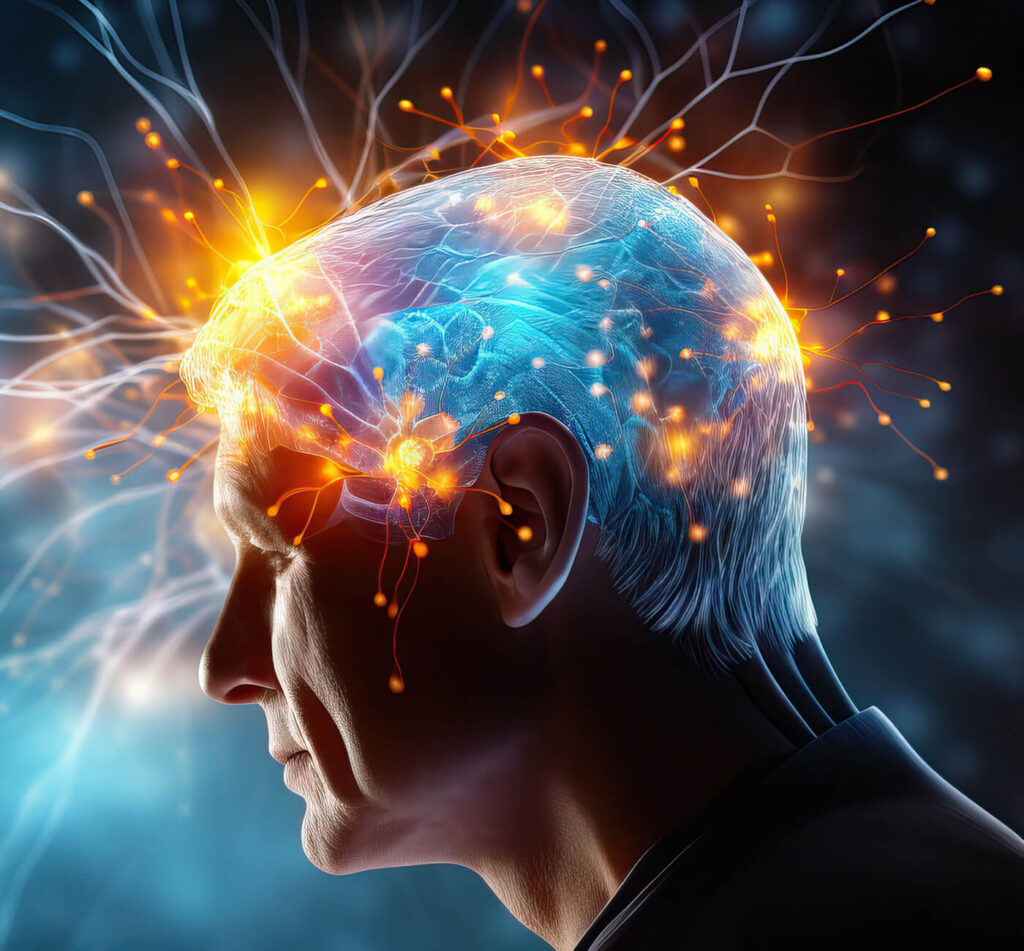
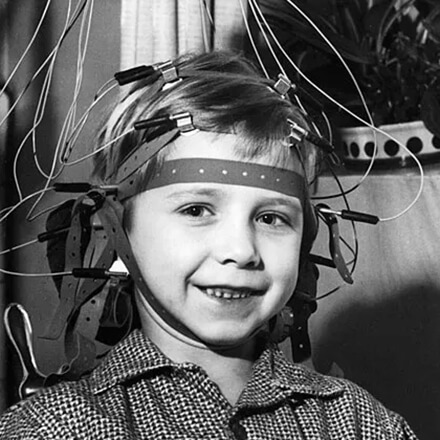
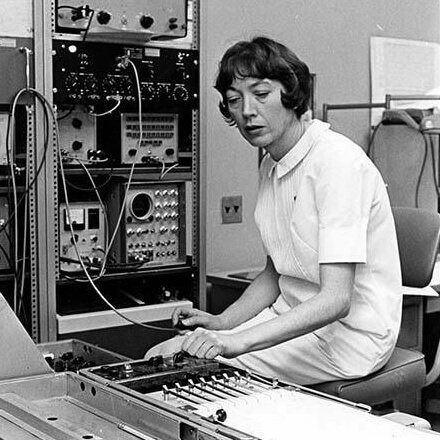

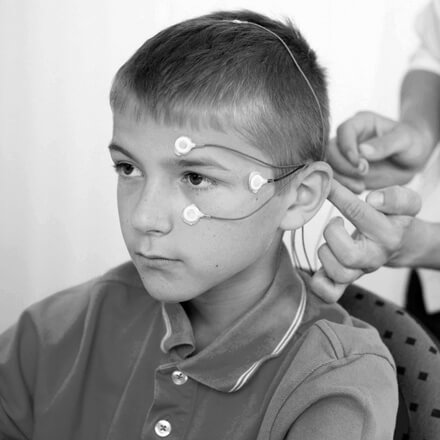
Neurofeedback Evolution: Early Days to Modern Uses
The captivating beginnings of biofeedback trace back to the 1950s. In a remarkable endeavor, researchers employed this method to teach cats to identify behavior patterns and reap the benefits of their training. Fast forward to 1993, Dr. Len Ochs revolutionized the field with his groundbreaking creation: ‘LENS,’ a state-of-the-art system that utilizes low-energy neurofeedback to unleash its full potential. By delivering a minuscule energy pulse, this pioneering technology assists the brain in recognizing and shifting from fixed patterns, ultimately leading to improved overall functioning. Over the last decade, technology has made it precise and affordable. Neurofeedback is now used for peak performance by athletes and business leaders and to address conditions like ADHD, PTSD, and emotional challenges without medication.
How Does IASIS MCN Work?
Real Results: IASIS MCN Neurofeedback Success Stories




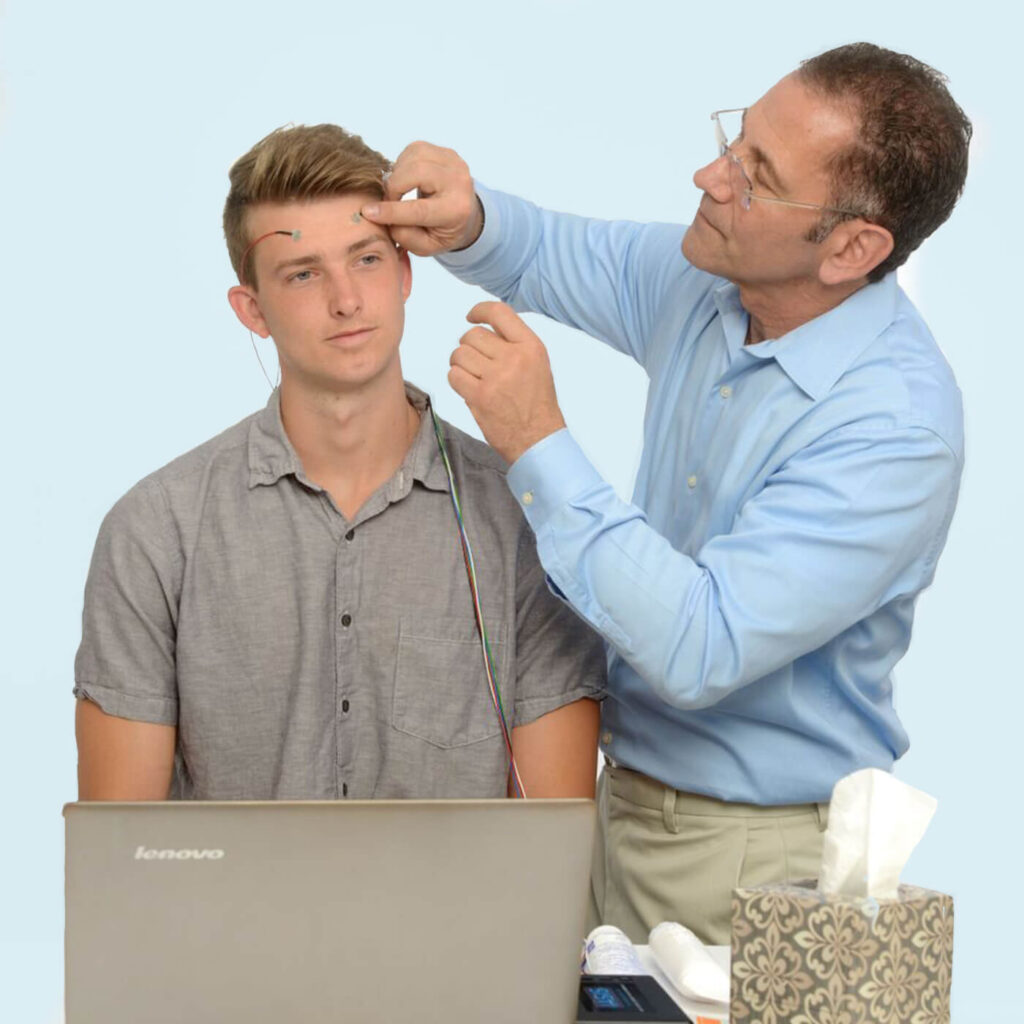
An IASIS MCN Neurofeedback Session
Experience the remarkable shift your mind can achieve with just a single Iasis MCN neurofeedback session. Each of these sessions spans across a relaxing 30 to 60 minutes. You’ll find yourself at ease in a chair while we position small electrodes gently along your scalp. These aren’t just any electrodes—they are the key to unlocking a new level of tranquility, as they monitor your brain’s activity and relay the information back for moment-to-moment analysis. Following this tranquil experience, it’s typical for individuals to emerge feeling a newfound sense of serenity and a diminished response to life’s usual stressors.
-
To prepare for your IASIS MCN session, please avoid stimulants and depressants. This ensures the best possible treatment outcome
Frequently Asked Questions - IASIS MCN Insights
People typically observe initial changes within three sessions, sometimes a few more. The number of sessions needed varies based on the severity of the condition. After completing treatment, additional sessions are generally not required. In some cases, individuals may need a “booster” session.
Experience the power of IASIS MCN, a cutting-edge neurofeedback therapy that harnesses your brain’s potential. By utilizing minimally invasive signals, this groundbreaking approach empowers the brain and nervous system to self-regulate and optimize your performance like never before. IASIS MCN generates more helpful brainwave patterns and offers unprecedented benefits, with an observed decrease in reactivity and an increase in long-lasting sustainability. Plus, its noninvasive nature makes it a gentle and accessible choice for all.
IASIS MCN uses visual or auditory cues linked to a patient’s physiological data (like brain alpha wave activity, muscle tension, skin temperature) for voluntary control. It involves a prescription battery-powered device designed for relaxation training and muscle reeducation.
Traditional Neurofeedback is commonly linked with mindfulness training. In this method, brainwave data is displayed on a computer screen, and clients work on regulating their brainwaves by interacting with the screen mentally. Unlike other types of neurofeedback, no signals are sent back to the brain during this process. Typically, over 40 sessions are needed, each lasting around 45 minutes to an hour.
On the other hand, with IASIS Neurofeedback, clients simply sit still for a short period. A small signal is transmitted back to the brain to do all the work. Clients may notice immediate changes or within a few sessions. IASIS Neurofeedback stands out for its rapid effects, minimal sessions required, and straightforward treatment process.
Practitioners have been utilizing previous versions of IASIS MCN for more than 15 years. IASIS MCN is a proven technique, not experimental. More than 75,000 patients have benefited from technologies based on the same principles as IASIS MCN.
IASIS MCN is exclusively delivered to patients under the supervision of trained medical professionals – it’s not designed for home use. This neurofeedback system requires a prescription and complies with state-specific regulations for authorized prescription use.
Start Your Neurofeedback Journey Today
Schedule a 1-on-1 free consultation to explore if IASIS Micro Current Neurofeedback can be a path to improvement for you or someone you care about.



